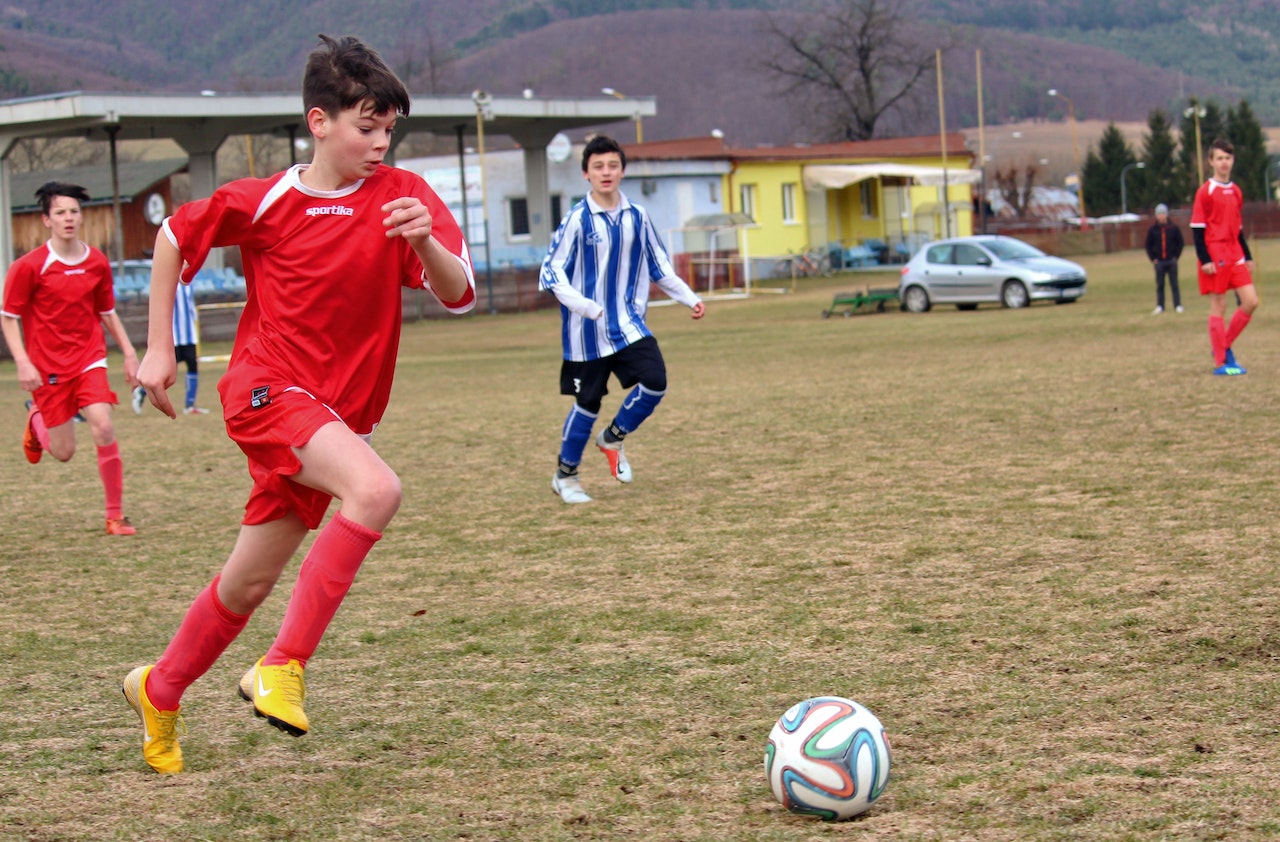Spanish football is a mesmerizing tapestry of skill, drama, and unrelenting passion. It has captivated the hearts of millions around the globe, establishing Spain as a powerhouse in the world of football. From the unrivaled success of its clubs to the national team’s triumphs, Spanish football embodies the nation’s unwavering love for the beautiful game. In this article, we delve into the captivating world of Spanish football, exploring its rich history, iconic clubs, legendary players, and the enduring impact it has on the Spanish sporting landscape.
A Legacy of Excellence
The roots of Spanish football can be traced back to the late 19th century when British expatriates introduced the sport to the country. Since then, Spanish clubs and players have left an indelible mark on the global stage. Spain’s national team, La Roja, rose to prominence with their victory in the 1964 European Championship and has since won numerous titles, including the historic FIFA World Cup in 2010. These successes have solidified Spain’s reputation as a footballing powerhouse.

Legendary Clubs
Spanish football boasts a constellation of legendary clubs that have shaped the sport’s history. Real Madrid, with its record 34 La Liga titles and 13 UEFA Champions League victories, stands as a symbol of Spanish football excellence. Barcelona, another behemoth, has showcased its footballing prowess through a distinct style of play and amassed numerous domestic and international trophies. Other clubs such as Atlético Madrid, Valencia, and Sevilla have also made their mark, adding to the vibrancy and competitiveness of Spanish football.
El Clásico: A Battle of Titans
The rivalry between Real Madrid and Barcelona, known as El Clásico, is one of the most intense and iconic in the footballing world. This historic clash transcends the boundaries of sport, capturing the imaginations of fans across the globe. The intense competition between these two powerhouses, fueled by the cultural, political, and historical disparities between Catalonia and Madrid, creates an atmosphere of unparalleled excitement and anticipation.
Aesthetic Football
Spanish football has become synonymous with a distinct brand of play that emphasizes technical skill, fluid passing, and mesmerizing ball control. The renowned style known as “tiki-taka” emerged from Spain’s success, characterized by quick, short passes and a focus on possession. This aesthetic style of play has not only captivated fans but has also influenced footballing philosophies around the world, shaping the way the game is played and appreciated.
Youth Development and Academies
Spain’s commitment to developing young talent has been instrumental in its footballing success. The country’s extensive network of youth academies and training centers has nurtured generations of gifted players. The emphasis on skill development, tactical understanding, and the importance of possession has produced a steady stream of exceptional footballers who have gone on to make their mark both domestically and internationally.

Football as Cultural Heritage
Football is deeply ingrained in Spanish culture, transcending the boundaries of sport to become a cherished part of the nation’s heritage. From neighborhood matches to local clubs and the vibrant atmosphere of packed stadiums, football serves as a unifying force that brings communities together. The fervent support of fans, the rhythmic chants, and the colorful displays of passion and dedication in the stands create an unforgettable experience for spectators.
Looking Ahead
Spanish football continues to evolve, adapting to new challenges and striving for excellence. The pursuit of success at the club and international levels remains a driving force, while nurturing young talent and investing in grassroots development ensures a promising future. As Spanish football continues to captivate hearts and minds, it will undoubtedly leave an indelible mark on the global footballing landscape.
